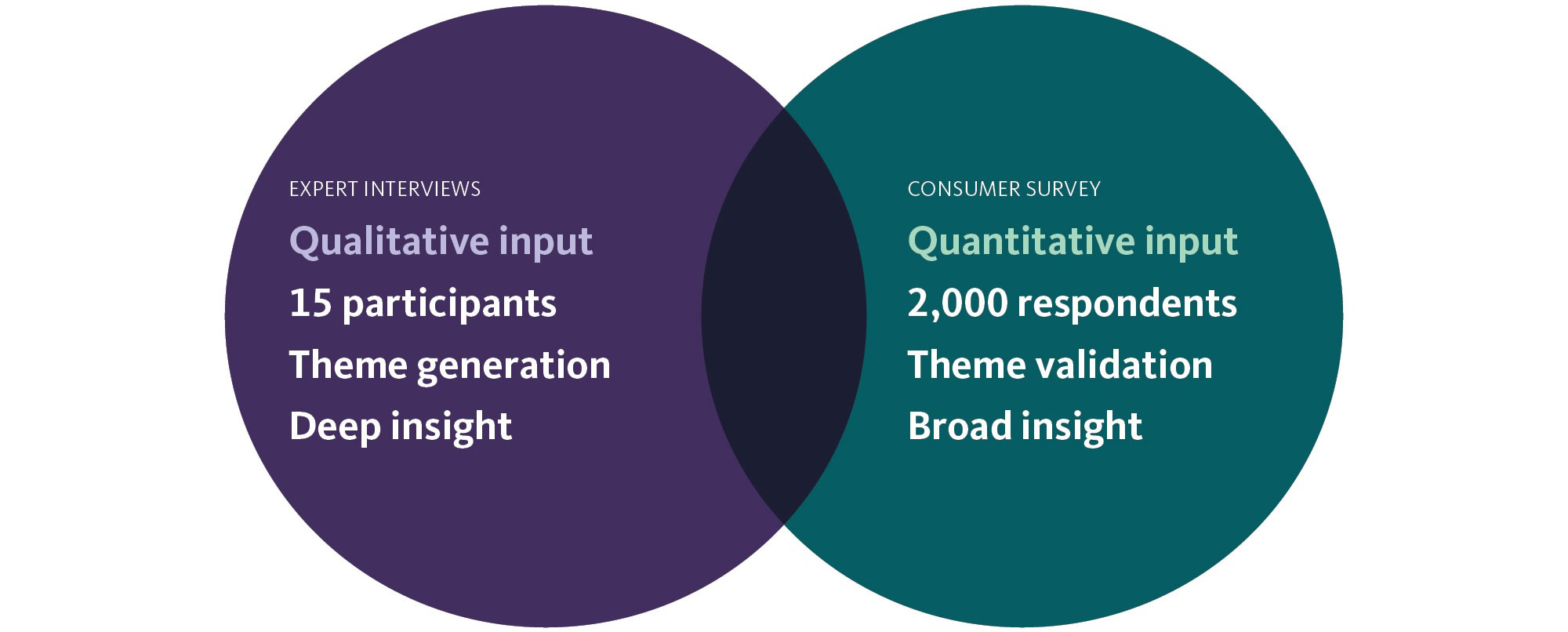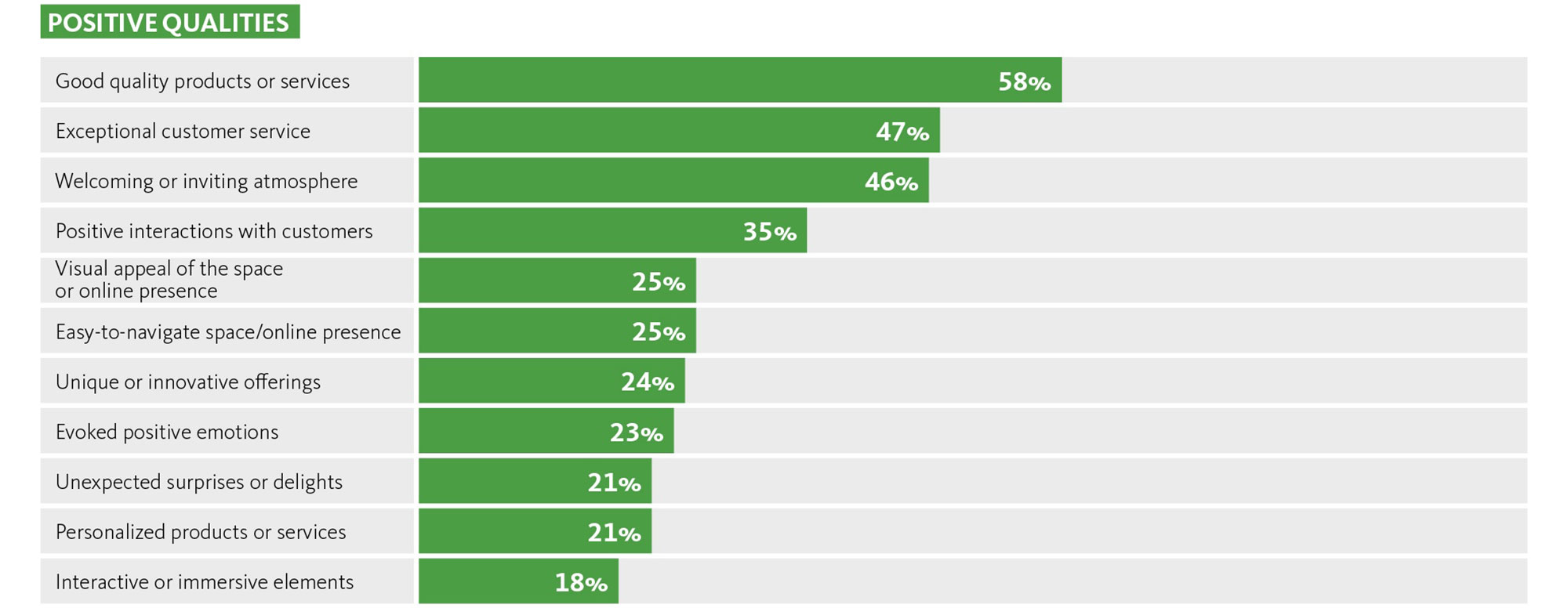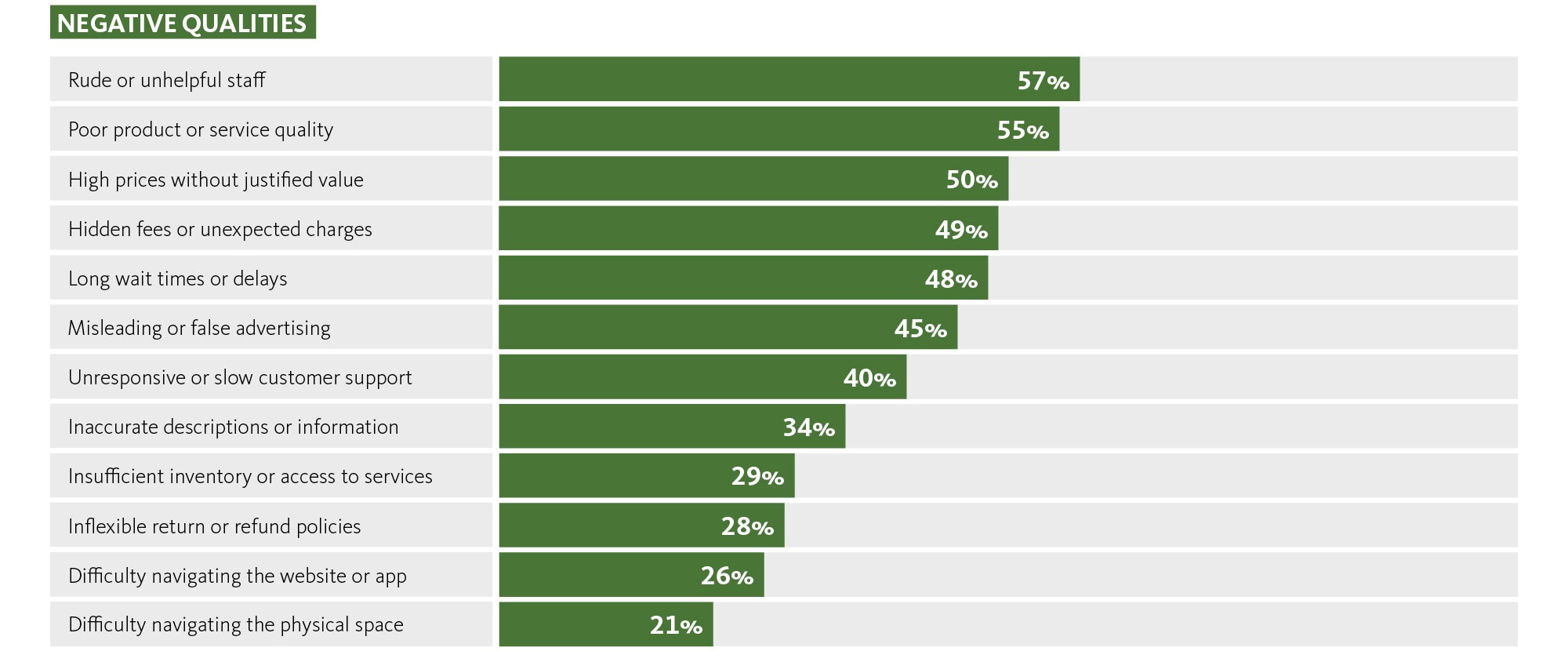What Do Consumers Want? Gensler’s U.S. Consumer Experience Report Uncovers Key Insights.
Gensler’s latest consumer research delves into how design can impact human experiences for the better.

What makes an experience worth it? In a time when economic pressures are mounting and people can shop, stream live sports and entertainment, and explore new realities from the comfort of their homes and smart devices, how can we create experiences that are engaging enough to draw people back to physical spaces and places?
To answer these questions and more, we looked into what’s really motivating people today. The resulting U.S. Consumer Experience Report is an actionable new perspective on the profound cultural, political, and climatological changes we’re all experiencing, with concrete data showing how the right spatial design can impact everything from footfall to basket size to lifetime customer value.
Building on Gensler’s groundbreaking 2017 Experience IndexSM, this new year-long investigation delves further into how design can impact human experiences for the better. We surveyed over 2,000 people of all ages and income levels across the U.S. and interviewed Gensler experts specializing in entertainment, sports, retail, hospitality, and more around the world.

Our experiences are inherently unique to each of us — multidimensional and multisensory, with multiple potential goals and expectations layered in. The modes defined in Gensler’s Experience Index — Task, Social, Discovery, Entertainment, and Aspiration — provide a consistent framework for understanding all this complexity, isolating which factors of a given experience in a particular environment are most important.
In our original research, we focused on creating a universal framework to understand the elements of an experience. We learned that a person’s intention — the reason they were embarking on that experience — was the biggest driver of satisfaction. But what people really wanted to know was: What’s driving that intention? What do people like? And why do they like it?
Quality drives memorable experiences overall, followed by exceptional service and a welcoming atmosphere.
The new report comes to some surprising conclusions, which are easy to talk about but extremely difficult to design and deploy. Make leaving home worth it, for example. That might seem obvious. But how can we compel customers to leave their homes to engage in physical spaces, places, and experiences?
Attracting consumers today requires brands to think differently about their entire end-to-end experiences, frequently in ways that are challenging for stakeholders — cutting across real estate, marketing, human resources, and operations, for example.
Gensler’s Experience Strategy teams regularly broker collaboration and build new connections in this space, forecasting future trends and making them specifically actionable through new design.
When you combine great service and great design, experiences become exponentially better. Our data shows that the three most memorable aspects of a positive consumer experience are the quality of the products or services, exceptional customer service, and a welcoming or inviting atmosphere.

People cite unpleasant staff, product shortages, and long waits as key to negative experiences.
Post-pandemic, consumers also report yearning for places to feel belonging. Despite the resurgence in popularity of ‘third places’ such as coffee shops, community centers, and libraries as places for people to socialize and interact, some businesses have reduced or eliminated these spaces.
A visit to a recently-designed Starbucks, for example, might surprise you: where are all the chairs? Gone, value-engineered out to make way for additional drive through lanes and counter space for alphabetized pickup orders.
Gensler’s new Consumer Experience Report diagnoses why people want to feel more involved in their discretionary choices, with significant impact on decisions about how to spend both money and time.
Employee experience is another aspect too often overlooked. As workforces continue to be reduced, the people who remain to deliver satisfaction to customers become even more important. Gensler strives to bring new thinking from hospitality and other service-based industries to provide cutting-edge solutions in any environment where humans become the face of brands. Strategic input is critical: balancing brand strategy and operational strategy today requires both quantitative and qualitative inputs, filtered through the lens of what people want.

Almost all brands are faced with tough choices in the near future, with consumer spending contracting and politically driven tribalism increasing. By investigating what unifies everyone today, Gensler is prepared to break new ground delivering brand-led experiences around the world.
Want to know more about what’s motivating today’s consumers, and how design can deliver a great experience? Download Gensler’s U.S. Consumer Experience Report to learn more.
For media inquiries, email .

